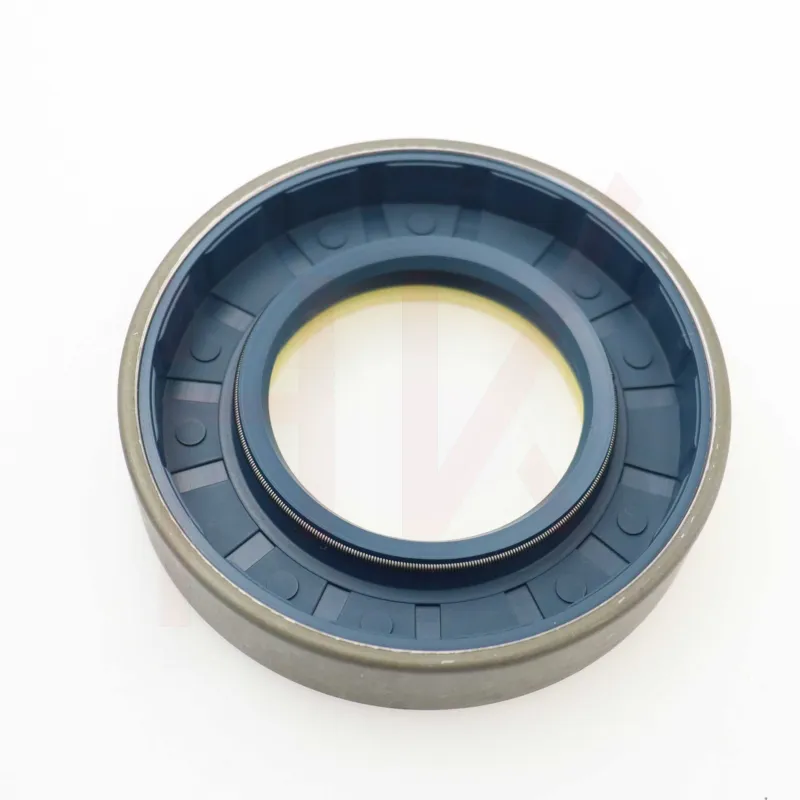Aug . 14, 2024 01:01 Back to list
Effective Solutions for Hub Dust Seals in Machinery and Equipment Maintenance
Understanding Hub Dust Seals Importance and Functionality
In the realm of automotive engineering and maintenance, the significance of hub dust seals often goes unnoticed. These seemingly insignificant components play a crucial role in ensuring the longevity and efficiency of vehicles, particularly in their wheel assembly. A hub dust seal serves as a protective barrier, safeguarding the internal workings of wheel hubs from environmental contaminants such as dust, dirt, water, and debris. This article delves into the importance, functionalities, and maintenance of hub dust seals.
What is a Hub Dust Seal?
A hub dust seal is a circular component typically made from rubber, plastic, or composite materials, designed to fit snugly around the hub of a vehicle's wheel assembly. Its primary role is to prevent foreign particles from entering the hub, which houses critical components such as bearings. By effectively sealing off the hub, dust seals minimize the risk of contamination, which can lead to premature wear and tear of these parts.
Importance of Hub Dust Seals
1. Protection Against Contaminants The primary function of a hub dust seal is to protect the wheel hub's internal components from dust, dirt, and moisture. Even the smallest particles can cause significant damage over time, leading to costly repairs or the need for part replacements.
2. Enhanced Bearing Life Bearings are integral to the smooth rotation of wheels. Hub dust seals prevent abrasive materials from damaging bearings, therefore extending their lifespan. This is particularly important in environments where vehicles are exposed to dirt and moisture, such as off-road or industrial conditions.
hub dust seal

3. Cost-Effectiveness By prolonging the life of wheel bearings and other components, hub dust seals contribute to the overall cost-effectiveness of vehicle maintenance. Reducing the frequency of maintenance and replacement parts translates into savings for vehicle owners.
4. Improved Vehicle Performance A well-functioning hub dust seal helps maintain the optimal performance of the vehicle. When the wheel assembly is protected from contaminants, it can operate more efficiently, resulting in better handling and a smoother ride.
Installation and Maintenance
Installing a hub dust seal involves careful handling, as improper installation can lead to leaks and reduced effectiveness. It is essential to choose the right size and type of seal for the specific vehicle model. During installation, ensure that the sealing surface is clean and free from debris to ensure a proper fit.
While hub dust seals are designed to be durable, they do wear out over time. Regular maintenance checks can help identify signs of wear, such as cracking or deformation. If any damage is detected, replacing the hub dust seal promptly is crucial to prevent potential damage to the hub and its components.
Conclusion
In summary, hub dust seals are vital components in a vehicle’s wheel assembly, providing essential protection against harmful contaminants. By safeguarding the internal mechanisms from dirt and moisture, they enhance the longevity of critical parts such as bearings, contributing to overall vehicle performance and cost savings in maintenance. For vehicle owners and technicians alike, paying attention to the condition of hub dust seals can lead to more efficient operation and a longer lifespan for the vehicle. Understanding and maintaining these components is a small but significant step toward ensuring reliable performance on the road.
-
TCN Oil Seal Metal Ring Reinforcement for Heavy Machinery
NewsJul.25,2025
-
Rotary Lip Seal Spring-Loaded Design for High-Speed Applications
NewsJul.25,2025
-
Hydraulic Cylinder Seals Polyurethane Material for High-Impact Jobs
NewsJul.25,2025
-
High Pressure Oil Seal Polyurethane Coating Wear Resistance
NewsJul.25,2025
-
Dust Proof Seal Double Lip Design for Construction Equipment
NewsJul.25,2025
-
Hub Seal Polyurethane Wear Resistance in Agricultural Vehicles
NewsJul.25,2025
-
The Trans-formative Journey of Wheel Hub Oil Seals
NewsJun.06,2025
Products categories
















